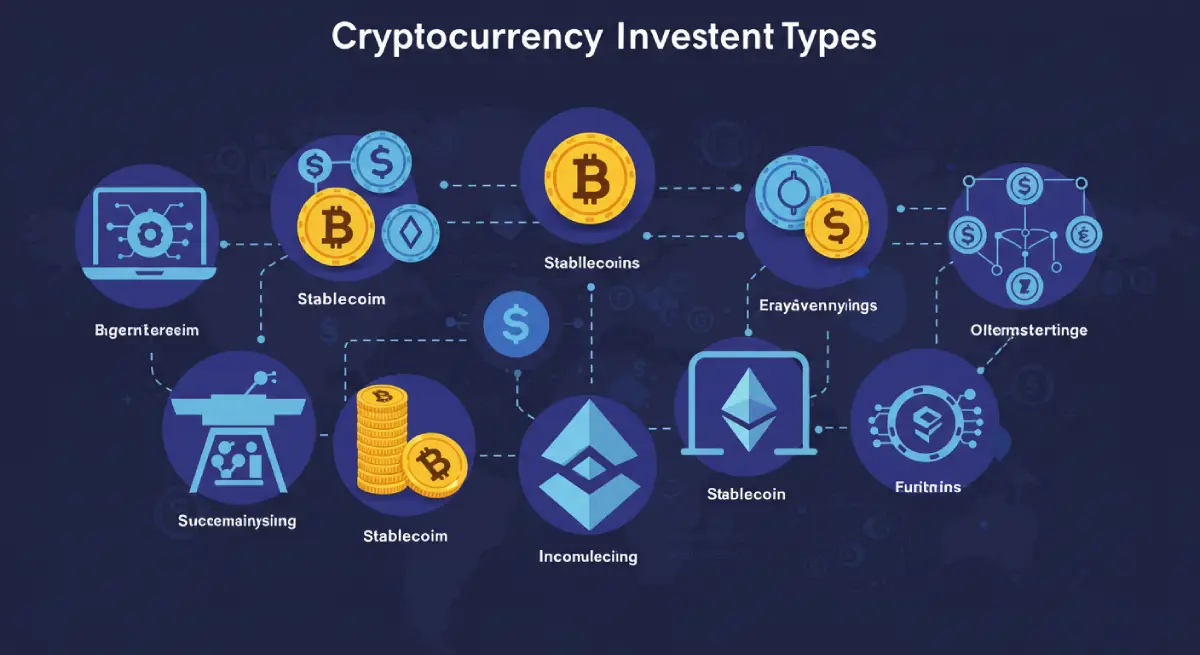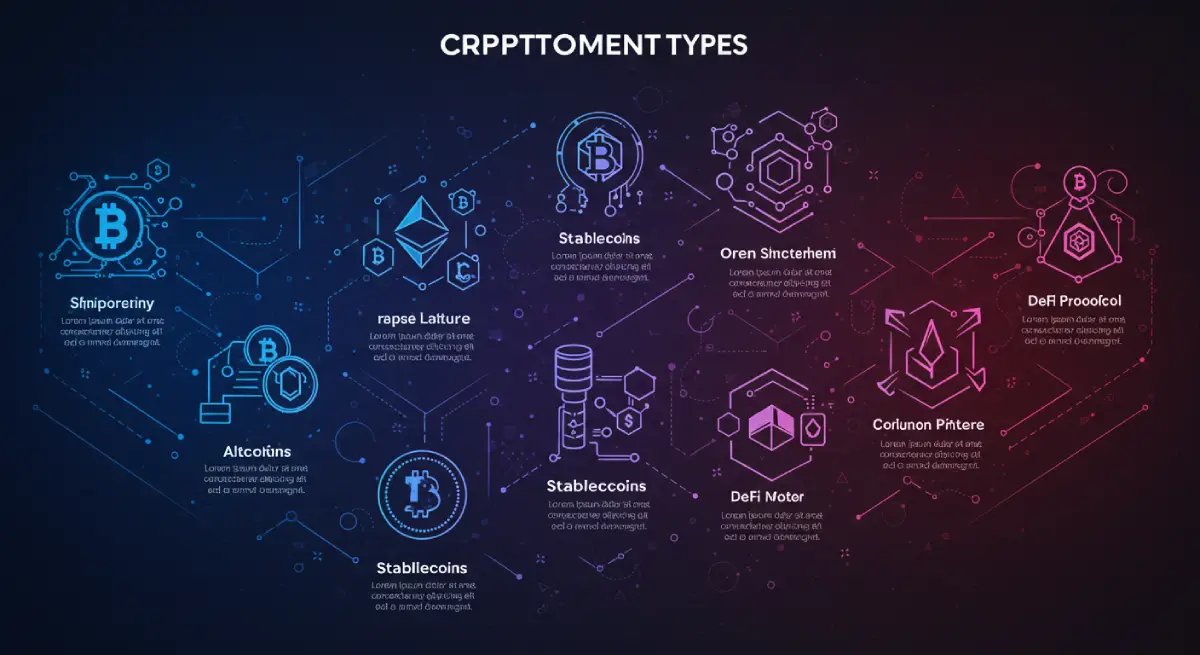What Is Forex Trading?
Forex trading, or Foreign Exchange Trading (FX), involves buying and selling currencies globally to profit from exchange rate fluctuations. For example, swapping U.S. dollars (USD) for euros (EUR) and converting back when the euro rises yields a profit. As the world’s largest market, forex trading handles trillions daily, engaging central banks, commercial banks, investment firms, hedge funds, corporations, and individual traders.
Forex trading uses currency pairs like EUR/USD or USD/JPY. An exchange rate—say, EUR/USD at 1.20—shows 1 euro equals 1.20 dollars. Factors driving these rates include economic data (e.g., GDP, inflation), monetary policies (e.g., interest rate shifts), geopolitical events, and market sentiment.
Key Features of Forex Trading
- High Liquidity: The forex market runs 24/5, offering massive volume and tight spreads on major currency pairs like EUR/USD for constant trading access.
- Leverage Trading: Traders control large positions with little capital—e.g., $100 manages $10,000 at 1:100 leverage.
- Bidirectional Opportunities: Profit from rising (long) or falling (short) exchange rates.
- Low Costs: Spreads (e.g., 1-2 pips for EUR/USD) keep expenses minimal.
- Decentralized: An over-the-counter (OTC) market via interbank networks, globally accessible.
What Are Contracts for Difference (CFDs)?
Why CFDs Dominate Forex Trading
Retail forex trading leans heavily on CFDs for these reasons:
- No Currency Ownership: CFDs skip physical delivery, letting traders focus on price gaps—no multi-currency accounts needed, perfect for small-scale forex trading.
- High Leverage Power: Daily exchange rate swings are small (0.5%-1%). A $1,000 position at 1.2000 to 1.2050 earns just $5 without leverage. With 1:100 high leverage, it controls $100,000, yielding $500.
Why High Leverage in CFDs?- Boosts Small Moves: Low volatility in forex trading demands high leverage for profit.
- Opens Doors: $50 controls $10,000 at 1:200, welcoming retail traders.
- Broker Competition: Offering high leverage (e.g., 1:500) draws clients to CFDs.
- Risk vs. Reward: High leverage fuels speculation, though losses grow equally fast.
- Flexible Entry: CFDs offer micro-lots (1,000 units), unlike traditional forex’s high barriers.
- Easy Bidirectional Trades: Shorting EUR/USD via CFDs needs no borrowing—just a “sell” order.
- Cost Savings: Only spreads (e.g., 1.5 pips) apply, no extra fees.
- Decentralized Fit: CFDs mirror the forex market’s OTC nature, relaying global prices.
- Real-Time Speed: Electronic platforms ensure fast CFD trades, matching forex’s pace.
Risks of Forex CFDs




Thanks for another informative web site. The place else could I am getting that kind of information written in such a perfect approach? I’ve a mission that I am just now running on, and I have been at the look out for such info.